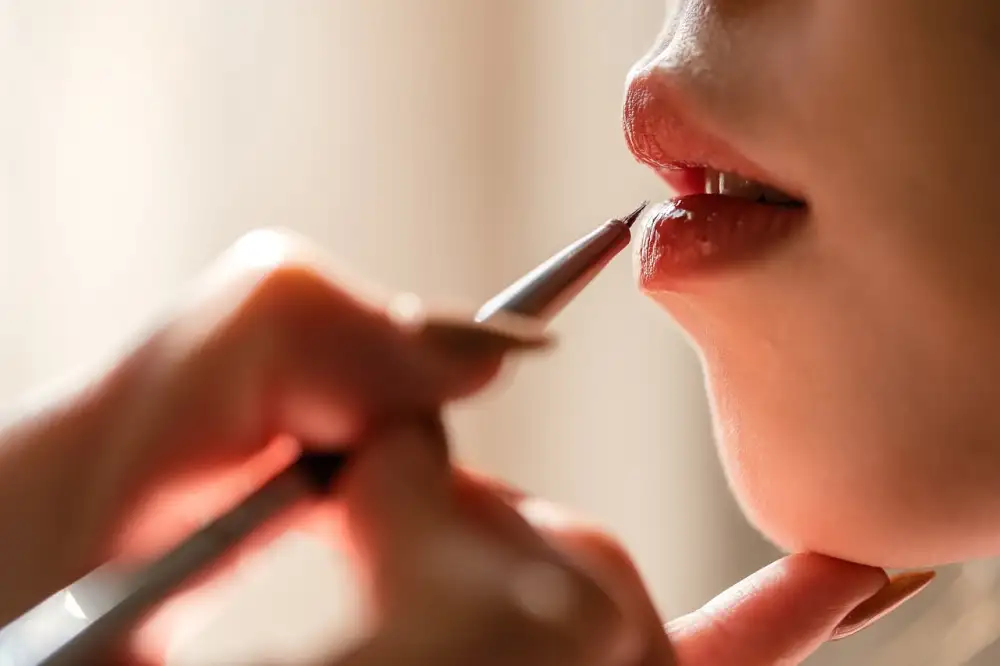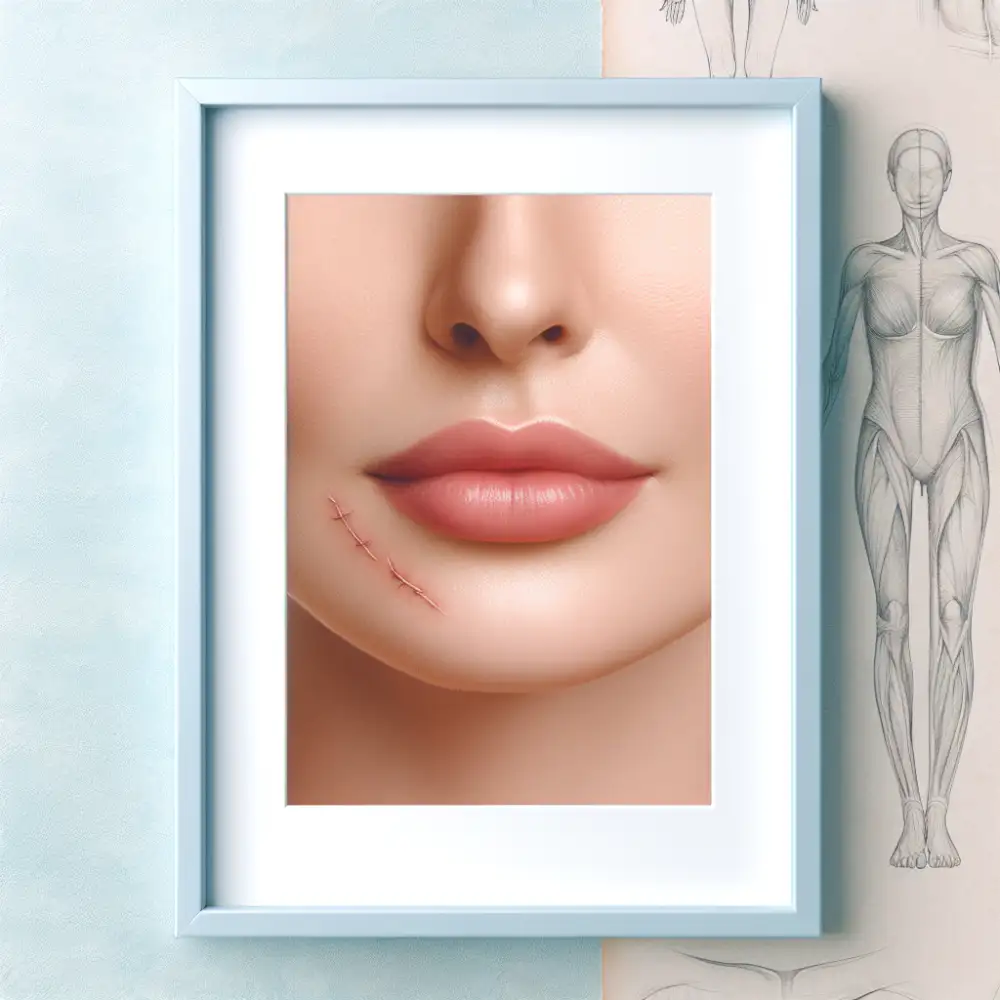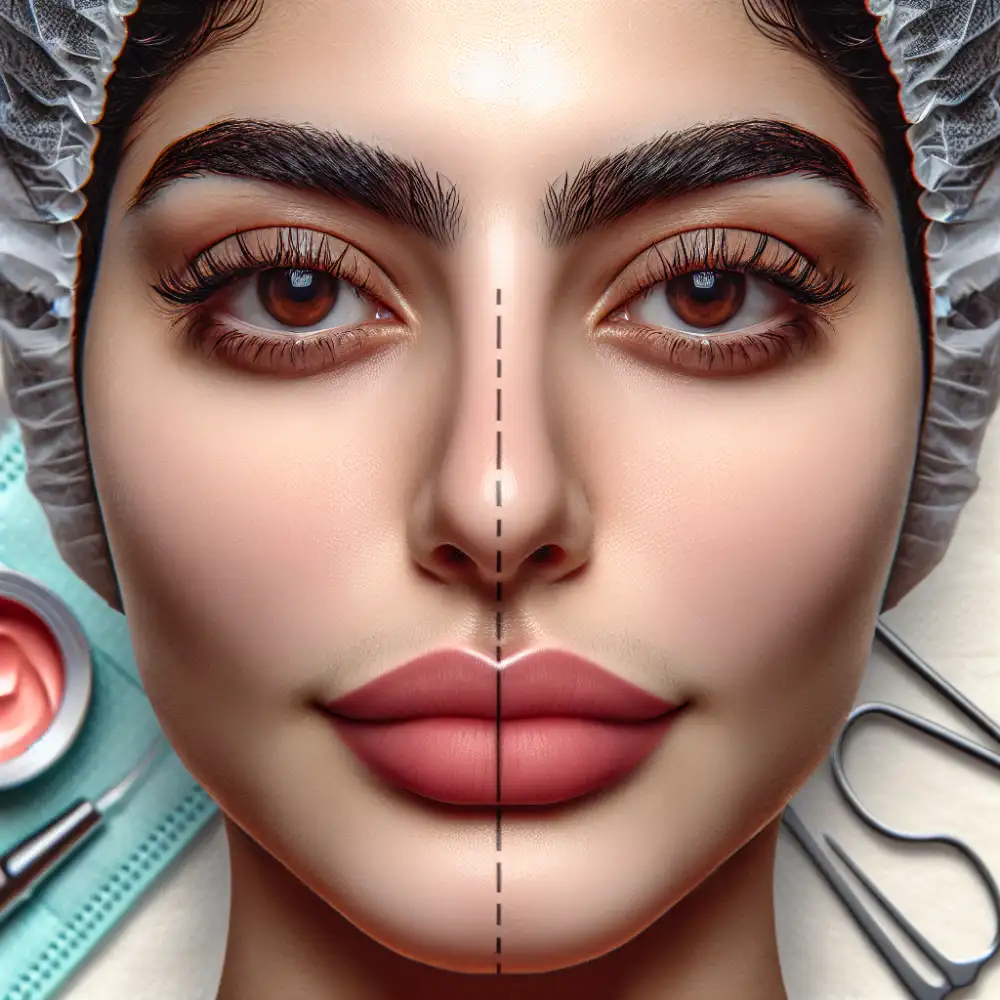Lip Lift Scar: What You Need to Know

Lip lift scar basics
A lip lift procedure involves an incision in the area between the base of the nose and the top of the lip. This is done to shorten the distance and create a more pronounced Cupid's bow. The incision is typically made in the natural crease of the nose, making it less noticeable. While some scarring is inevitable with any surgical procedure, lip lift scars tend to fade significantly over time. With proper care and sun protection, the scar becomes barely visible within a few months to a year. However, individual healing varies, and factors like genetics and skin type can influence the scar's final appearance.
| Feature | Lip Lift Scar | Alternative Procedure Scar |
|---|---|---|
| Visibility | Can be visible depending on healing and individual factors | Varies depending on the alternative procedure |
| Location | Hidden in the base of the nose and nostrils | Dependent on the alternative procedure |
| Type | Typically a thin, linear scar | Dependent on the alternative procedure |
Scar visibility factors
Several factors influence how visible a scar becomes. These include the nature and location of the injury, genetics, age, and skincare. Deeper wounds or burns often result in more noticeable scars due to greater tissue damage. Similarly, areas with high skin tension, like the shoulders or joints, tend to form wider, more prominent scars. Your genes play a role in how your body heals and forms scar tissue, influencing its texture and color. Age is another factor, as younger skin tends to heal faster and with less scarring compared to older skin. Finally, proper skincare, including sun protection and gentle cleansing, can significantly impact scar appearance over time.
Lip lift scar treatment
Scarring is a natural part of the healing process after a lip lift. While your surgeon will make every effort to minimize scarring, there are things you can do to optimize healing and improve the appearance of your scar.
Keep the area clean and moisturized as it heals. Your surgeon may recommend specific ointments or creams. Avoid sun exposure to the healing scar, as this can darken the scar tissue. Use sunscreen with a high SPF once the incision is fully healed.
In some cases, your surgeon may recommend scar massage or silicone gel sheeting to help soften and flatten the scar. If your scar is particularly noticeable or bothersome, there are additional treatment options to explore. These can include laser therapy, chemical peels, or steroid injections. It's important to discuss these options with your surgeon to determine the best course of action for your individual needs and skin type.

Potential complications
While generally considered safe, this procedure may have potential complications. These can include infection, bleeding, allergic reaction to anesthesia, or nerve damage. It's crucial to discuss your medical history and any concerns with your doctor beforehand. They can provide personalized advice and address any specific risks associated with your individual case. Remember, open communication with your healthcare provider is key to a safe and successful experience.
Choosing a qualified surgeon
Choosing a qualified surgeon for your procedure is crucial. Start by seeking recommendations from your primary care physician, trusted friends, or family members. Research potential surgeons' credentials, board certification, and experience in the specific procedure you require. Look for surgeons who are board-certified by reputable organizations, indicating their adherence to high standards. Consider their experience level, including the number of similar procedures performed and their success rates. Patient reviews and testimonials can offer insights into other patients' experiences. Schedule consultations with a few surgeons to discuss your concerns, ask questions, and get a feel for their communication style and approach. Remember, choosing a qualified surgeon is an important decision that can significantly impact your health outcomes.
Realistic expectations
It's important to understand that AI, like any technology, has its limitations. While it can automate tasks, analyze data, and even generate creative content, it's not a magical solution for everything. AI systems are only as good as the data they are trained on, and they can sometimes make mistakes or produce biased results. Moreover, AI is not a replacement for human judgment and expertise. It's a tool that can augment our capabilities and help us make more informed decisions. By setting realistic expectations and understanding both the potential and limitations of AI, we can harness its power effectively and responsibly.
Post-op scar care tips
Keep the surgical site clean and dry, following your surgeon's instructions for dressing changes and bathing. Avoid submerging the incision in water until cleared by your doctor. Gently wash the area with mild soap and water, patting it dry. Protect the scar from the sun by keeping it covered or using sunscreen with an SPF of 30 or higher once it's fully healed. Sun exposure can darken the scar and make it more noticeable. Moisturize the scar with a fragrance-free lotion or silicone gel sheet as directed by your doctor. This can help to soften the scar and reduce itching. Avoid picking at scabs or scratching the incision, as this can interfere with healing and increase the risk of infection. Eat a healthy diet rich in fruits, vegetables, and protein to support your body's natural healing process. Stay hydrated by drinking plenty of water. If you experience any signs of infection, such as redness, swelling, warmth, pus, or fever, contact your doctor immediately.

Published: 13. 06. 2024
Category: Health



